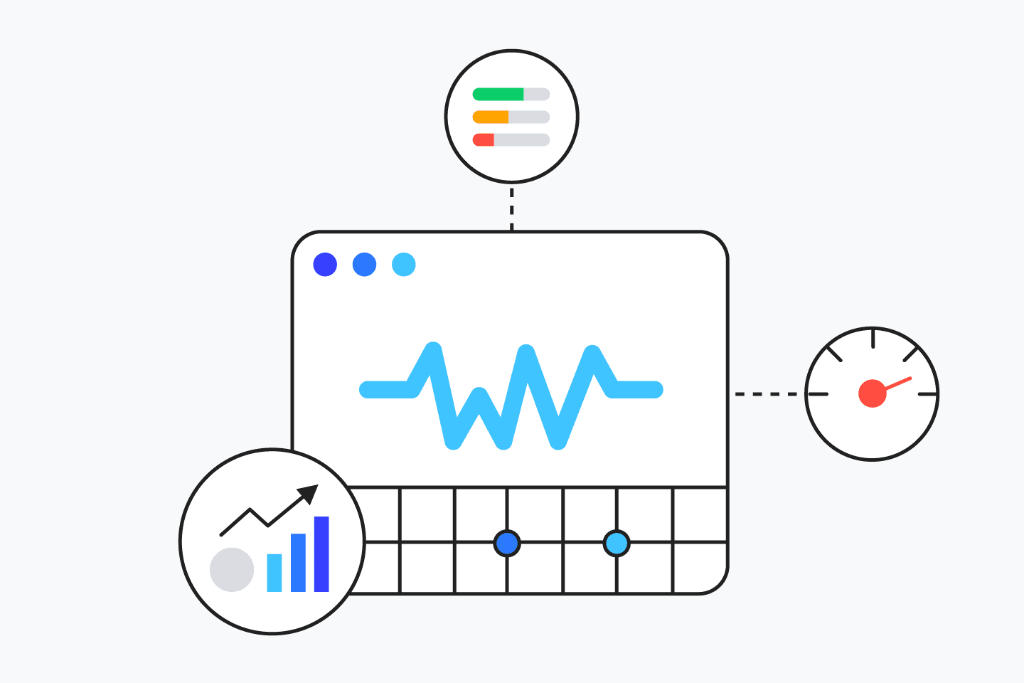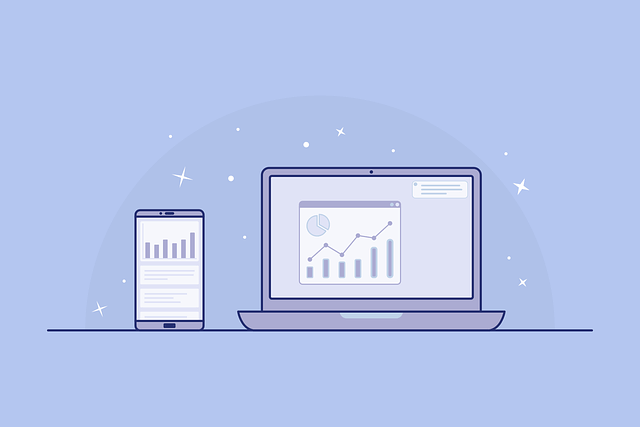What Is User Experience (UX) Design?

This new Coco Solution’s blog article is focused on user experience (also known as UX) design, meaning the specific process design teams use in order to create products that provide meaningful and relevant experiences to users. Therefore, this involves the design of the full process of acquiring and integrating the product, including aspects of branding, design, usability and function.
According to Don Norman and Jakob Nielsen, World Leaders in Research-Based UX and founders of the Nielsen Norman Group, UX “encompasses all aspects of the end-user's interaction with the company, its services, and its products”.
They say that “the first requirement for an exemplary UX is to meet the exact needs of the customer, without fuss or bother. Next comes simplicity and elegance that produce products that are a joy to own, a joy to use. True UX goes far beyond giving customers what they say they want, or providing checklist features. In order to achieve high-quality UX in a company's offerings there must be a seamless merging of the services of multiple disciplines, including engineering, marketing, graphical and industrial design, and interface design”.
In addition, they argue that “It's important to distinguish the total UX from the user interface (UI), even though the UI is obviously an extremely important part of the design. As an example, consider a website with movie reviews. Even if the UI for finding a film is perfect, the UX will be poor for a user who wants information about a small independent release if the underlying database only contains movies from the major studios”.
“We should also distinguish UX and usability: According to the definition of usability, it is a quality attribute of the UI, covering whether the system is easy to learn, efficient to use, pleasant, and so forth. Again, this is very important, and again total UX is an even broader concept”, they add.

What User Experience Designers Do Goes Beyond User Interface Design
Furthermore, the Interaction Design Foundation (IDF) states that “UX Design is often used interchangeably with terms such as UI Design and Usability. However, while usability and user interface design are important aspects of UX design, they are subsets of it – UX design covers a vast array of other areas, too. A UX designer is concerned with the entire process of acquiring and integrating a product, including aspects of branding, design, usability and function. It is a story that begins before the device is even in the user’s hands”.
“Products that provide great UX (for instance, the iPhone) are thus designed with not only the product’s consumption or use in mind but also the entire process of acquiring, owning and even troubleshooting it. Similarly, UX designers don’t just focus on creating products that are usable; we concentrate on other aspects of the UX, such as pleasure, efficiency and fun, too. Consequently, there is no single definition of a good UX. Instead, a good UX is one that meets a particular user’s needs in the specific context where he or she uses the product”, carries on the IDF.
Factors that Influence User Experience
At the core of UX is ensuring that users find value in what they receive. Peter Morville represents this through his UX Honeycomb Site exit disclaimer. Thus, he notes information must be:
- Credible: Users must trust and believe what you tell them
- Accessible: Content needs to be accessible to people with disabilities
- Findable: Content needs to be navigable and locatable onsite and offsite
- Desirable: Image, identity, brand, and other design elements are used to evoke emotion and appreciation
- Usable: Site must be easy to use
- Useful: Your content should be original and fulfill a need
Areas Related to Building the UX
The U.S. Department of Health & Human Services Usability portal asserts that “UX is a growing field that is very much still being defined. Creating a successful user-centered design encompasses the principles of human-computer interaction (HCI)”. User Experience include the following disciplines:
- Web Analytics focuses on the collection, reporting, and analysis of website data.
- Accessibility focuses on how a disabled individual accesses or benefits from a site, system or application. Section 508 is the governing principal for accessibility.
- Content Strategy focuses on writing and curating useful content by planning the creation, delivery and governance behind it.
- Visual Design focuses on ensuring an aesthetically pleasing interface that is in line with brand goals.
- Interaction Design (IxD) focuses on creating engaging interactive systems with well thought out behaviors.
- User Interface Design focuses on anticipating what users might need to do and ensuring that the interface has elements that are easy to access, understand, and use to facilitate those actions.
- Information Architecture (IA) focuses on how information is organized, structured, and presented to users.
- Usability Evaluation focuses on how well users can learn and use a product to achieve their goals. It also refers to how satisfied users are with that process.
- User Research focuses on understanding user behaviors, needs, and motivations through observation techniques, task analysis, and other feedback methodologies.
- Project Management focuses on planning and organizing a project and its resources. This includes identifying and managing the lifecycle to be used, applying it to the user-centered design process, formulating the project team, and efficiently guiding the team through all phases until project completion.

Bottom Line
UX is a term that’s hard to define, but when you understand the concepts they’re very easy to apply to Web Design, Digital Marketing and even SEO.
According to Jason Little from Crazy Egg, “if we focus on the definition of UX to only those types of human behavior that we can control, it can developed easy-to-use, efficient, and pleasing site offerings that always keep leads and customers returning for an encore”.
Furthermore, “if data from Google Analytics or Search Console are used, UX can improved even more as time goes on. That’s because the process is never finished, and keeping the User Experience optimization and testing ongoing is encouraged in order to remain ahead of competitors and maintain customer satisfaction and loyalty long into the future”, says Little.








